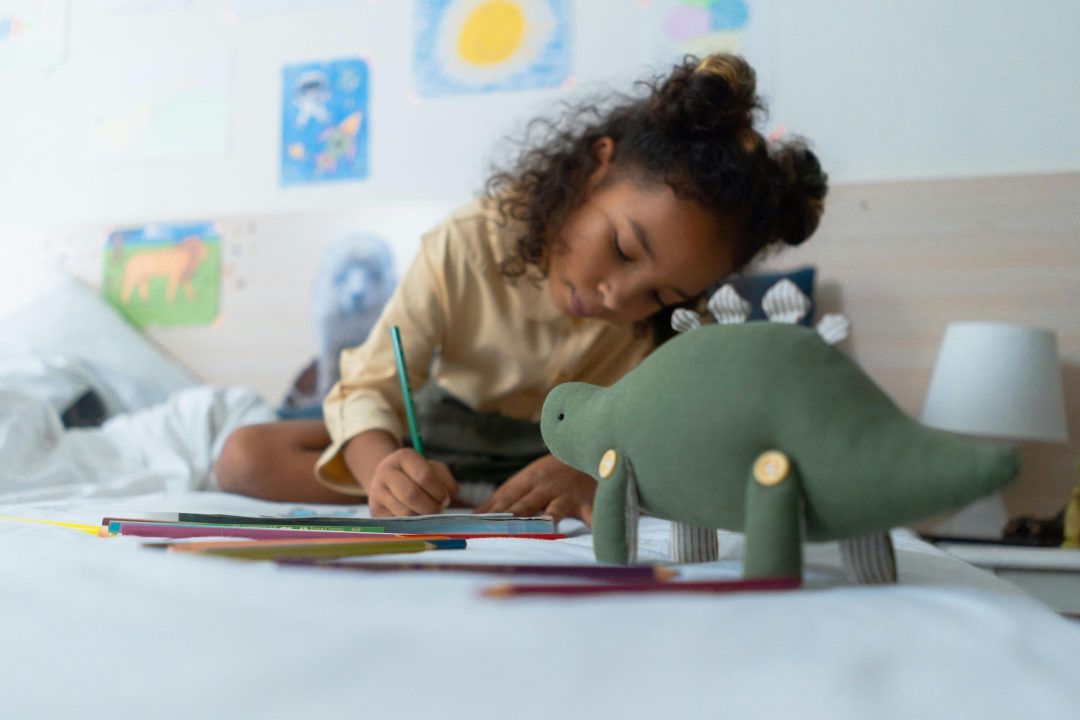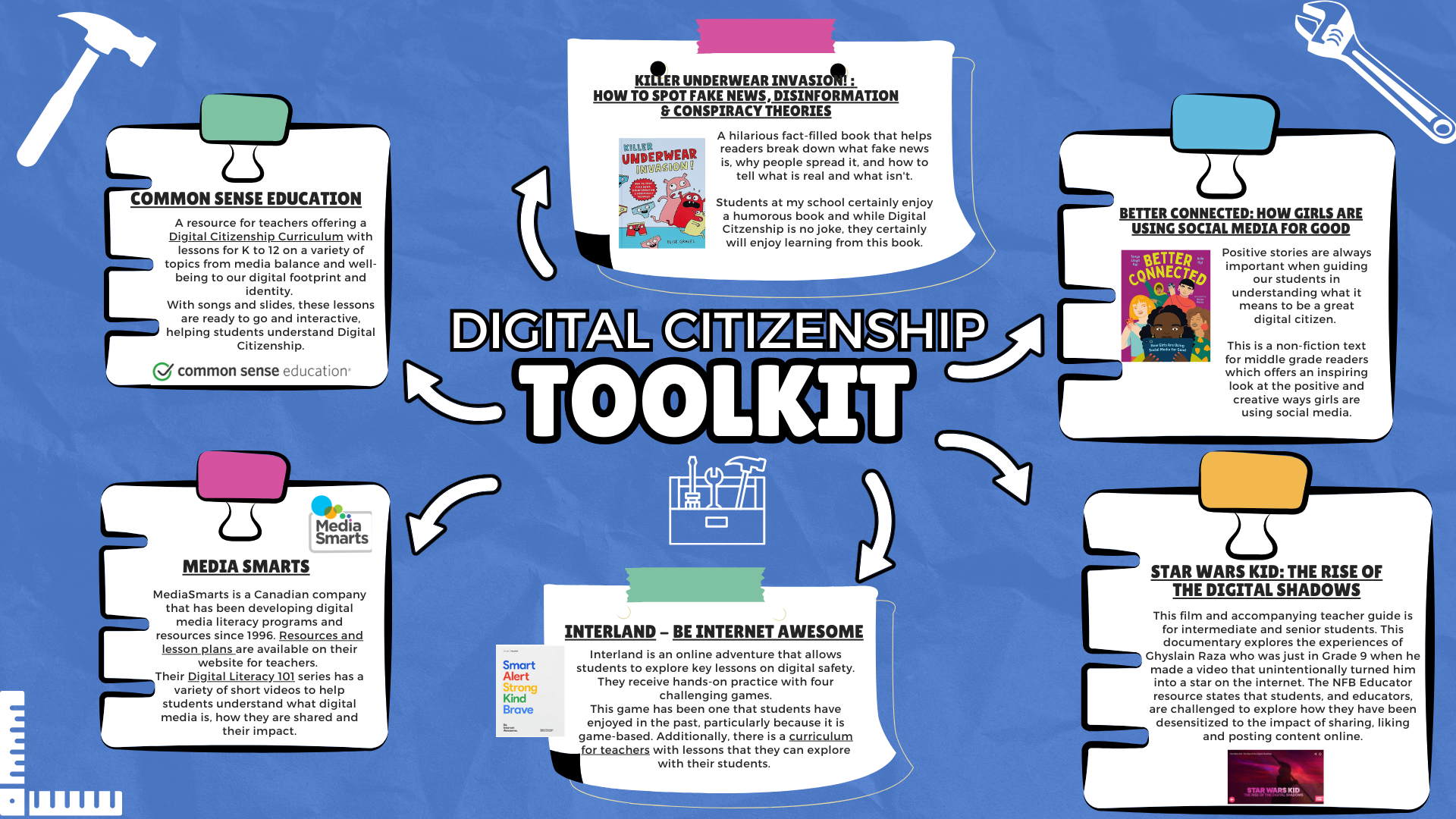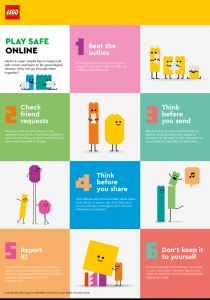The Fun Way to Ace Spelling: Playing a spelling game using “Reading Rods”
Hey there, word wizards and spelling enthusiasts!
Today, I want to share a super fun and effective way to improve your student’s spelling skills, especially those tricky high-frequency words we use every day. Using this game is a great way to get your students spelling. I find my students are asking me “Is this a word?” when creating different words so they still need practice identifying words.
Why Spelling High-Frequency Words Matters
High-frequency words are the building blocks of our daily communication. Getting these words right is crucial because:
- They enhance readability: Misspelled high-frequency words can make your writing hard to understand.
- They build confidence: Mastering these common words boosts your overall confidence in writing.
- They improve literacy: Strong spelling skills contribute to better reading and comprehension.
But let’s face it—drilling spelling words can be a bore. That’s where using “Reading Rods” comes in! Using “Reading Rods” is a game designed to make spelling practice both fun and interactive. The game can be played solo or with friends, and it’s perfect for classrooms or at-home learning. Here’s how it works:
The Basics
- Materials Needed:
- The actual game which comes with snap cubes for: vowels, consonants, common word endings (ex: ing, in, le, ed…) and common word beginnings (ex: sh, ch, th, sn…)
- Paper to write down the words they created on with a spot for the score on the bottom
- Set Up:
- Provide students with a few cubes from each category
How to Play
- Students create words using different combinations of cubes for example:
- Round 1- Create as many words as you can using the green word beginning cubes and the yellow word ending cubes (set timer for one minute)
- Round 2- Create as many words as you can using the red vowel cubes, the consonant cubes, and the word ending cubes (set timer for two minutes)
- Any combination of the above
- Students pass their paper to me at the end and I count up their score (one point for each word)
- I always make sure I have students who are the same level playing at the same time so nobody is spelling 100 words where their friend has spelt three.
Why this game works
Not only are you getting your daily word work in for the day in your literacy program, this game isn’t just about fun—it’s rooted in educational benefits:
- Engagement: Turning spelling into a game keeps you engaged and motivated.
- Hands-On Learning: Using blocks adds a tactile element that can help with memory retention.
- Competition: Friendly competition (even with yourself) encourages quick thinking and reinforces learning.
Feel free to share your word work experiences or any other fun spelling games you love in the comments below. Let’s make spelling fun together!



